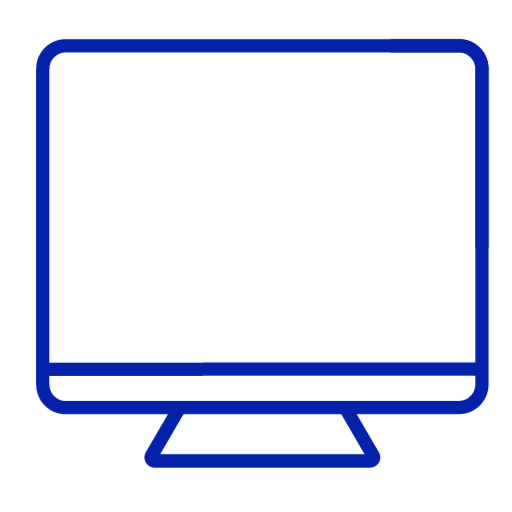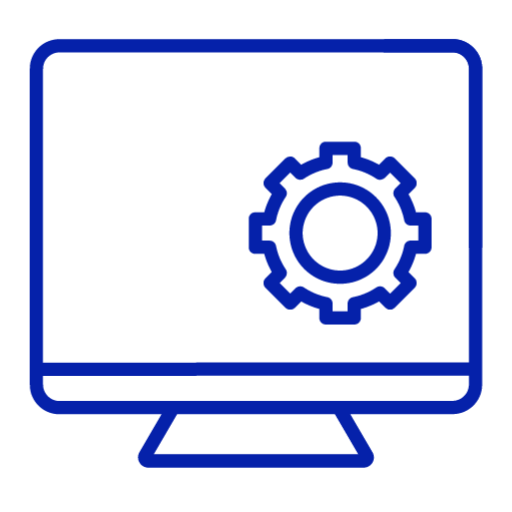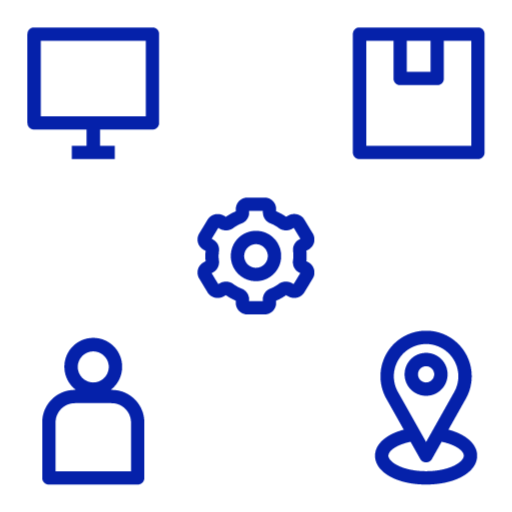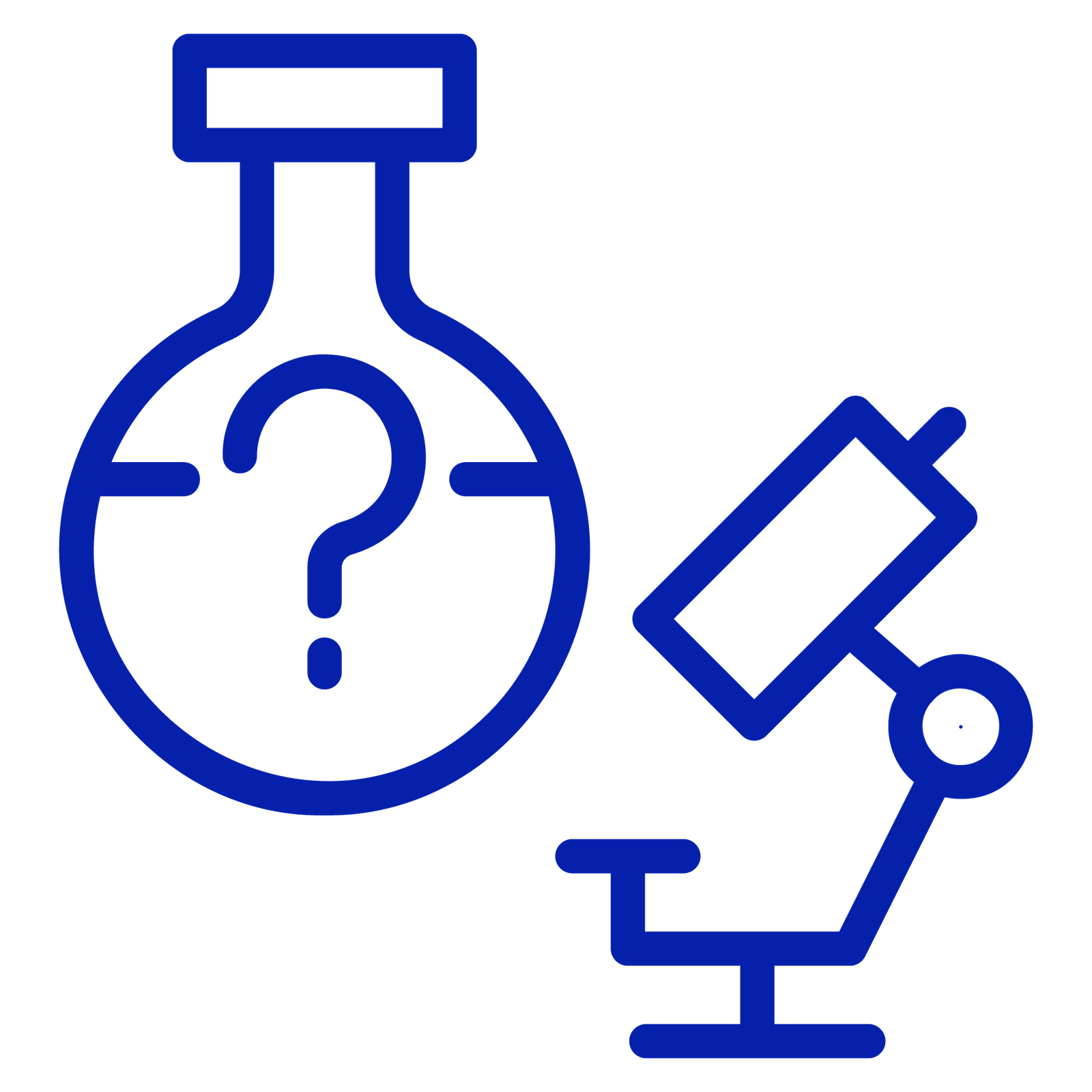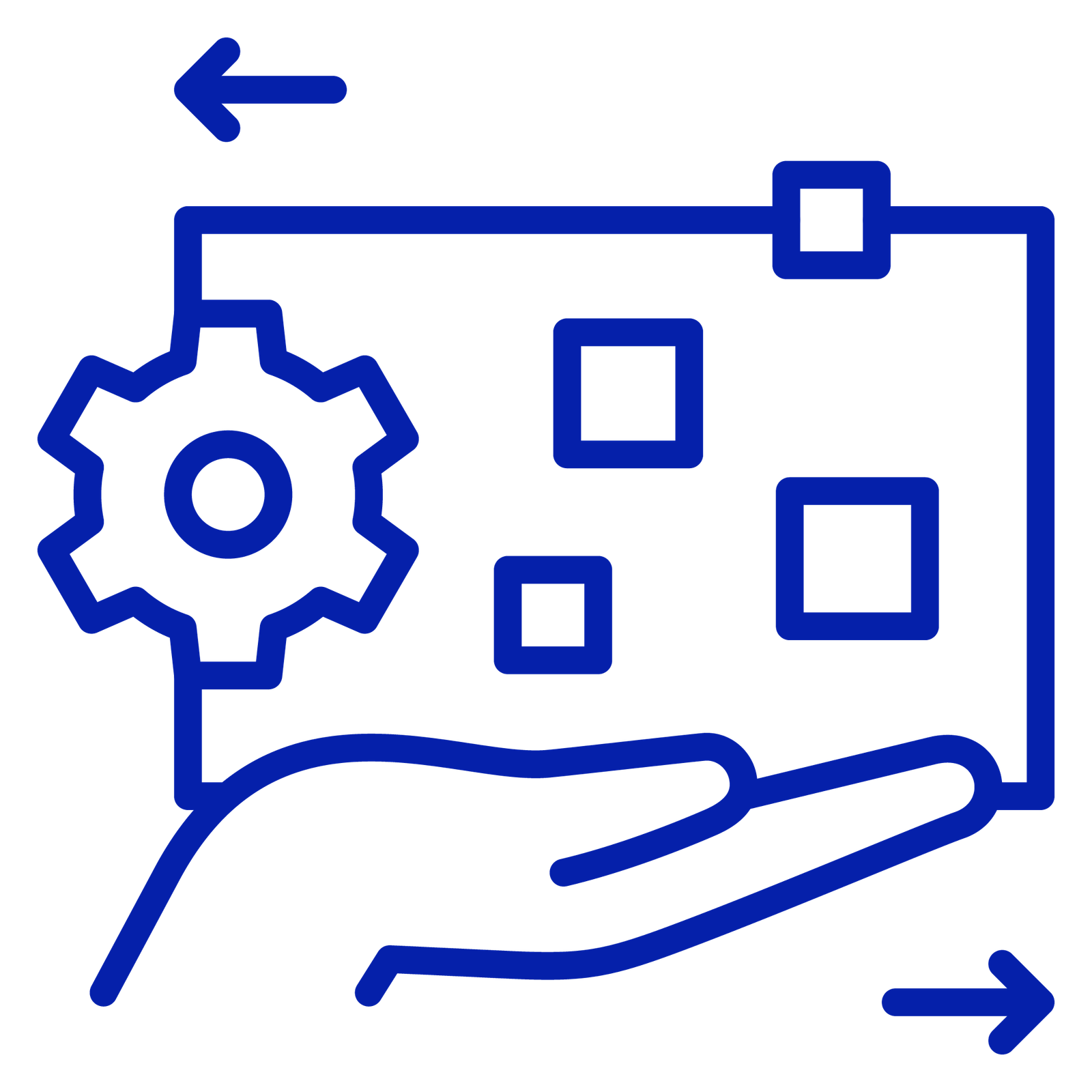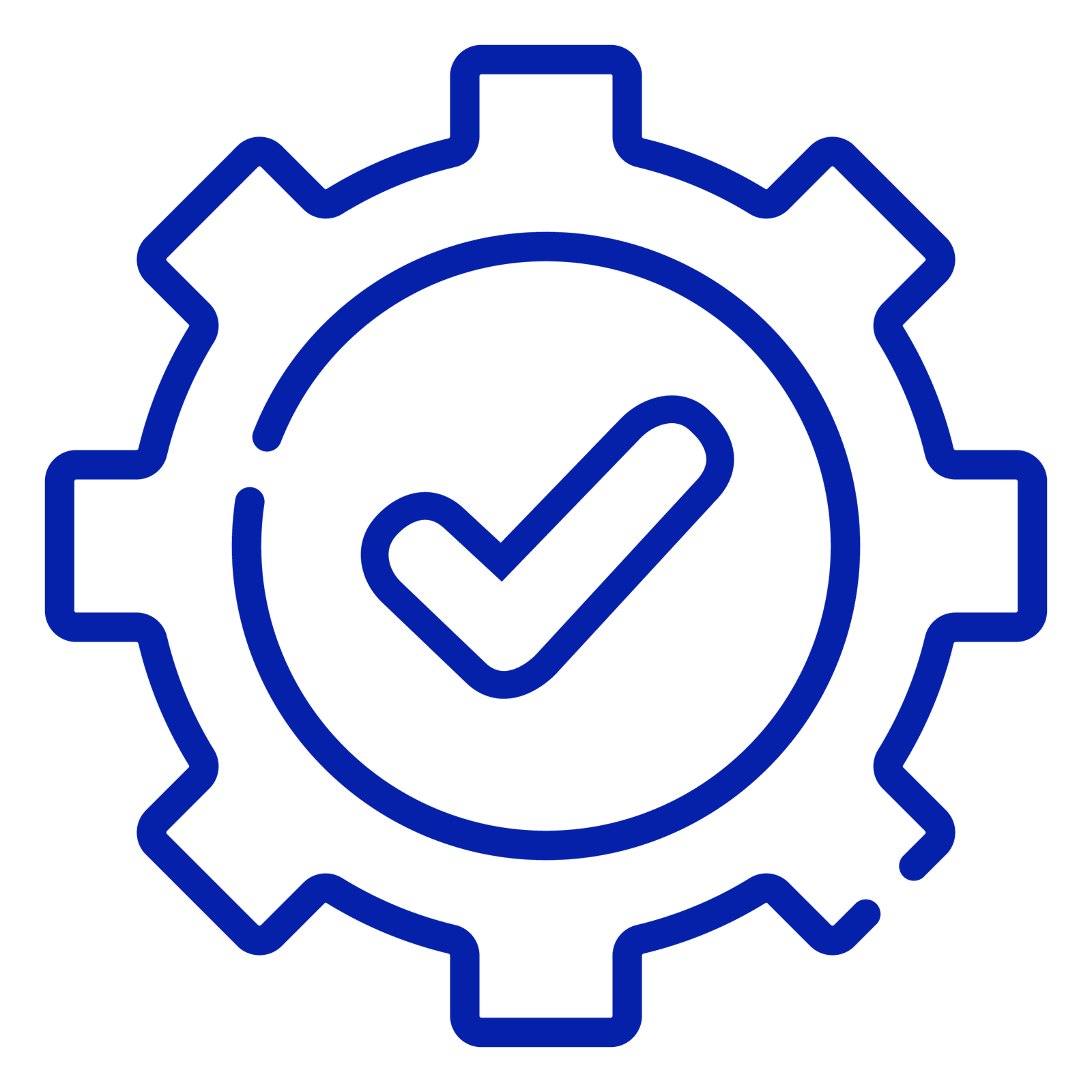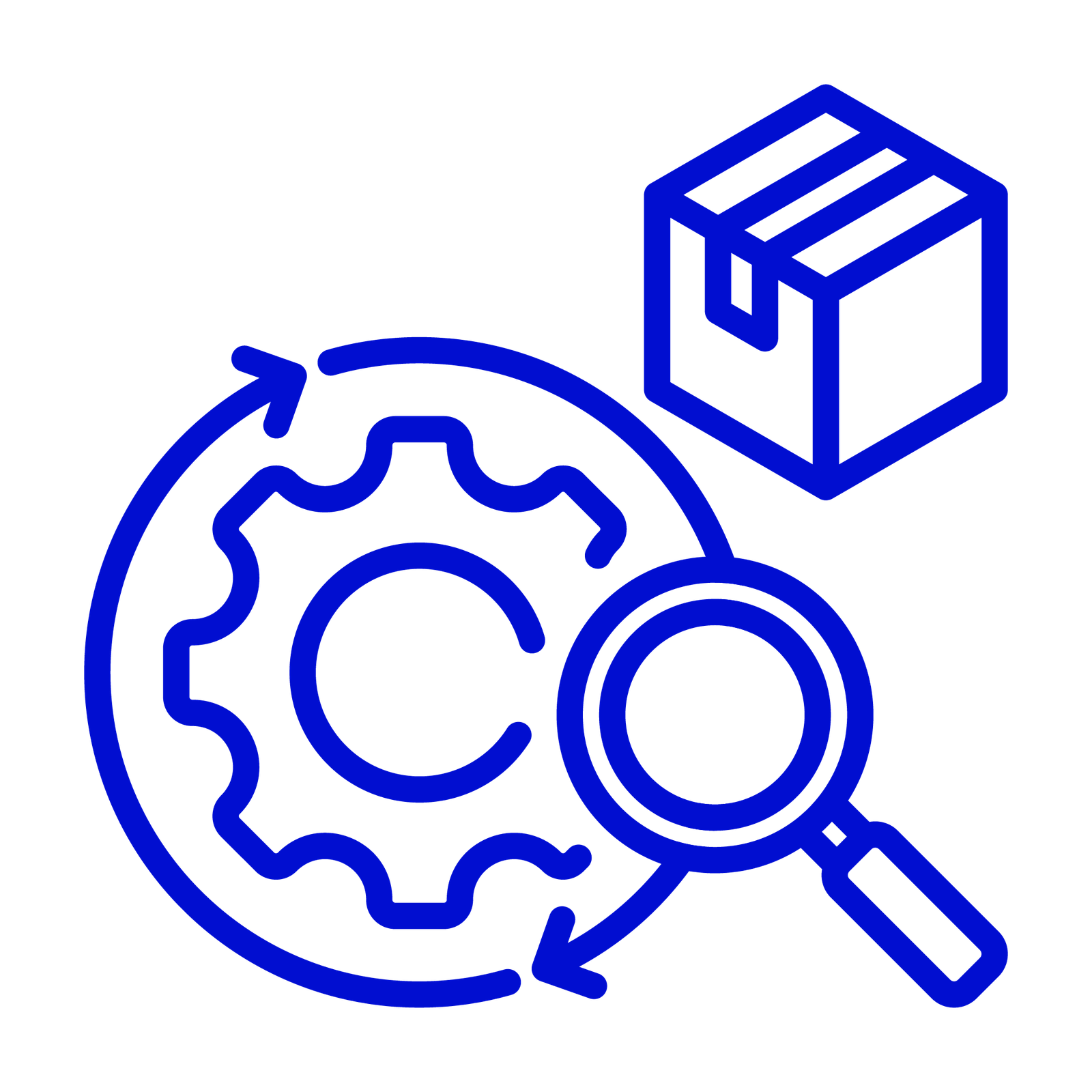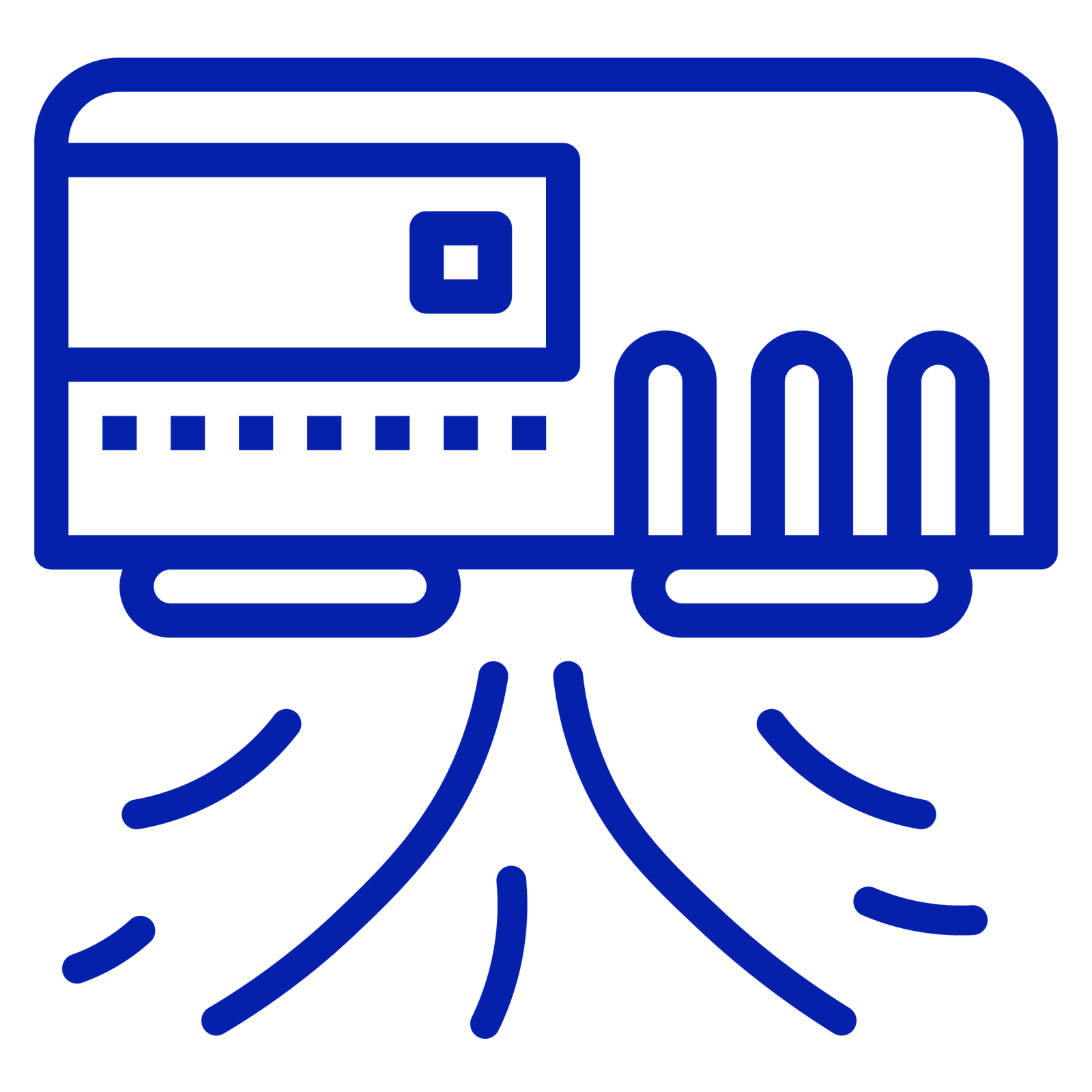Glossary
Augmented Reality (AR)
What is Augmented Reality?
Augmented Reality (AR) is a technology that overlays digital information onto the user’s real-world environment. Unlike Virtual Reality (VR), which creates a fully immersive artificial environment, AR enhances the existing surroundings by blending digital elements with the physical world. This integration can be visual, auditory, or sensory, providing users with additional context or interactive features without isolating them from reality.
AR has practical applications across many sectors, including gaming, healthcare, education, and retail. It serves purposes such as visualization of complex data, navigation assistance, and training by presenting information in an accessible and interactive manner.
What are the uses of Augmented Reality in pharma?
Augmented reality effectively transforms training, manufacturing and marketing processes in pharma industry. It is a significant aid for pharmaceutical research and development. Researchers visualize molecular structures with AR for better understanding of biological processes and for drug design. It provides an enhanced learning experience and is a great tool for health literacy promoting innovation in pharma.
How can AR enhance pharma manufacturing?
Augmented Reality in pharmaceutical industry has several applications, where it supports research, training, manufacturing, and marketing functions.
- Research and Development: AR enables researchers to visualize molecular structures and biological processes in three dimensions. This visualization aids in understanding complex interactions and can inform drug design decisions without relying solely on traditional 2D representations.
- Training and Education: AR delivers interactive training modules that improve comprehension of pharmaceutical procedures and equipment handling. By simulating scenarios or machinery operation, it enhances the learning experience and reduces training time.
- Health Literacy and Marketing: Augmented Reality in pharmaceutical tools can help communicate drug information to healthcare professionals and patients in a more engaging way, facilitating better understanding of product benefits, usage instructions, or potential side effects.
- Process Optimization: In manufacturing or lab environments, AR can present stepwise instructions or safety alerts in real time, supporting accurate task execution.
Through these applications, Augmented Reality in pharma contributes to improved knowledge retention, operational efficiency, and innovative communication.
How can AR enhance pharma manufacturing?
In pharmaceutical manufacturing, precision and adherence to protocols are critical. Augmented Reality in pharma can assist by providing workers with on-demand, visual guidance that reduces the risk of errors.
- Step-by-Step Instructions: AR can project detailed procedural steps directly onto equipment or workspace, helping operators follow complex Standard Operating Procedures (SOPs) without referring to physical manuals.
- Workforce Training: New or existing employees can train on sophisticated machinery using AR simulations that replicate real-life operation scenarios without halting production lines.
- Error Reduction: By visually highlighting critical control points or safety precautions, AR lowers the likelihood of mistakes during manufacturing.
- Remote Assistance: AR in pharma can enable experts to guide onsite personnel remotely, sharing live views and annotations, which can reduce downtime and improve troubleshooting.
The integration of AR in pharmaceutical manufacturing workflows supports higher consistency, faster onboarding, and improved compliance with quality standards.
What are the regulatory considerations for using AR in pharma?
Implementing Augmented Reality in pharmaceutical industry requires adherence to regulatory frameworks set by agencies such as the US FDA, European Medicines Agency (EMA), and the UK’s Medicines and Healthcare products Regulatory Agency (MHRA).
Important considerations include:
- Validation: AR systems must undergo thorough validation to confirm they perform as intended under all expected conditions, ensuring reliability and accuracy.
- Authentication and Access Control: Secure user authentication and access management are essential to prevent unauthorized use and maintain data integrity.
- Data Accuracy: The information displayed through AR applications must be precise and up to date to avoid misinterpretation or incorrect procedures.
- Documentation: Proper records should be maintained for AR usage, including version control and audit trails, supporting compliance with Good Manufacturing Practices (GMP) and electronic record regulations such as 21 CFR Part 11.
- User Training: Operators must be trained not only in the manufacturing processes but also in the correct use of AR tools to avoid misuse or reliance on inaccurate information.
Considering these regulatory factors is critical to ensuring that AR implementations are safe, compliant, and effective in pharmaceutical environments. Schedule a free demo to learn more about how Amplelogic can help in your pharma manufacturing. To read more such articles, visit our page- Amplelogic Resources!





